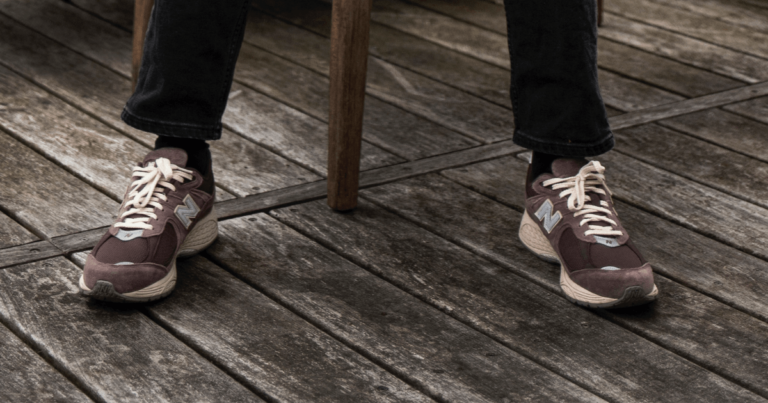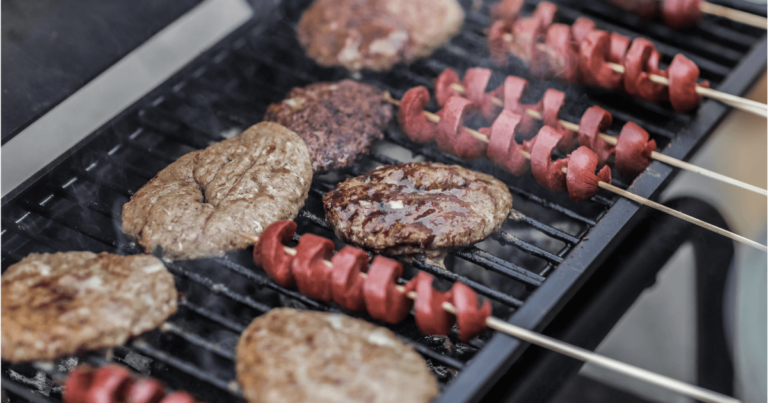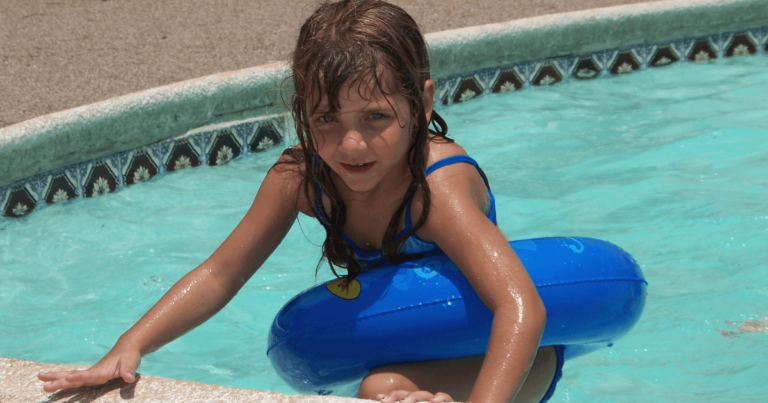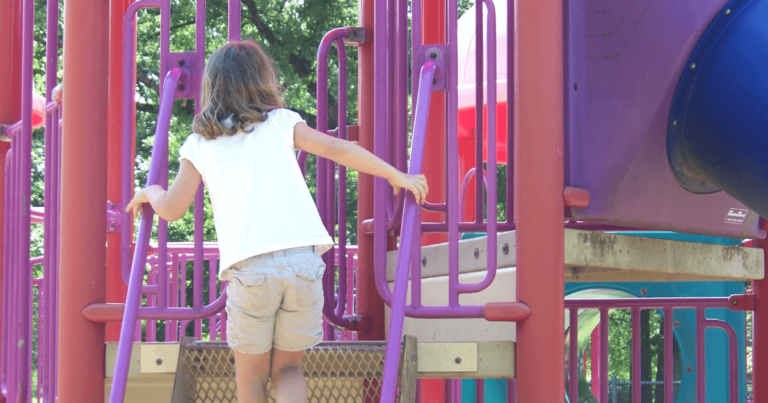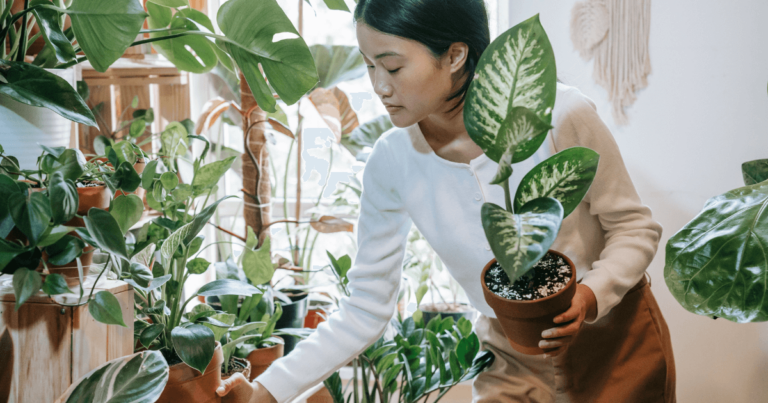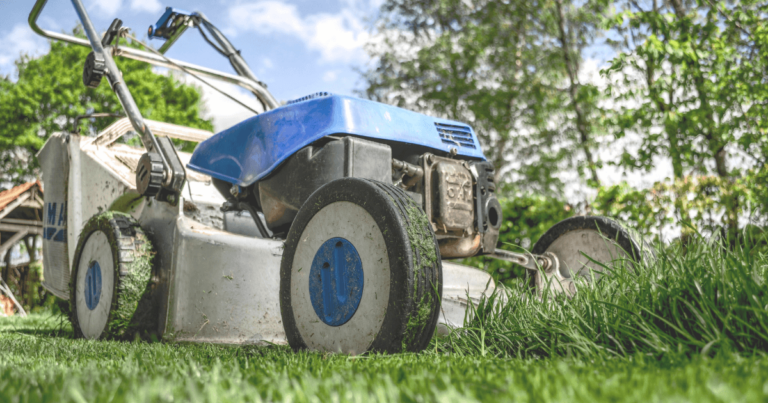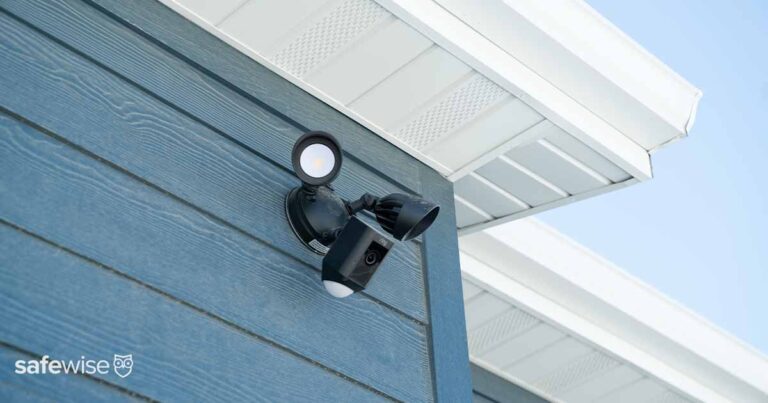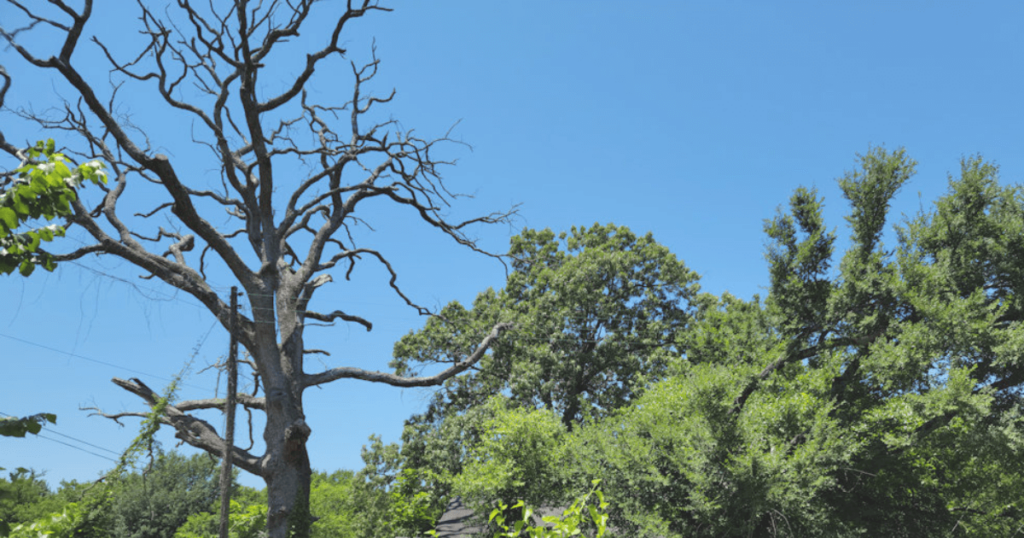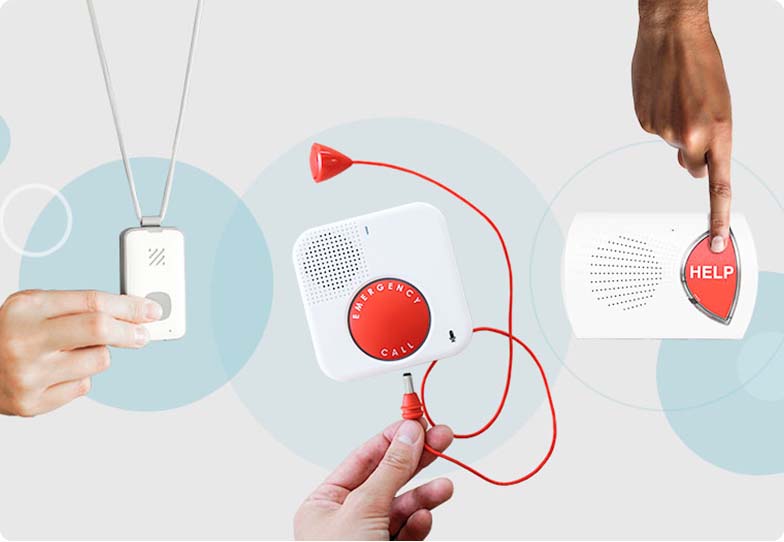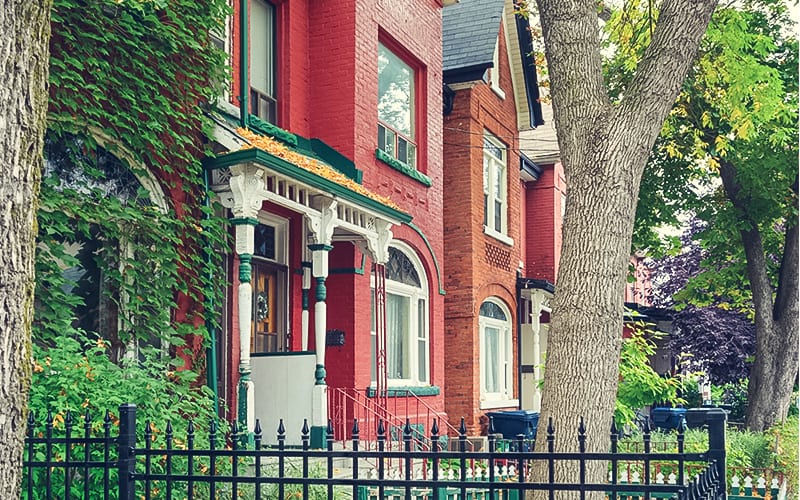In the winter, ice, wind, and snowstorms can wreak havoc on tree limbs and roofs. When summer comes, those dead and weak limbs are especially susceptible to temperature changes, meaning they could drop without much warning. Kids playing on a swing or in a tree house could be endangered by those falling branches.
To keep your home and family safe, either care for the trees yourself or hire a landscaping service.
If you choose to do the tree trimming yourself, you will want to invest in the proper equipment, like a pole tree pruner and a chainsaw. You should also purchase a safety harness and reliable ladder if the trees you’re trimming are particularly tall.
In the event that you’re unfamiliar with how to safely use and maintain the tools needed to trim trees yourself, pay for a landscaping service. It can be expensive, but a professional can do the work quickly, efficiently, and safely.
A backyard has many moving parts when it comes to safety, but you can keep track of them all with this checklist. Use the above solutions to address any security concerns, and you’ll soon have the best—and safest—backyard on the block.
